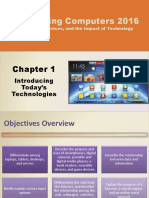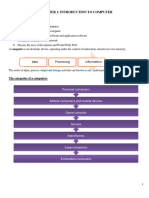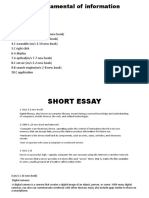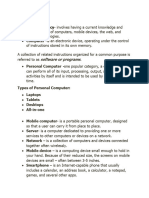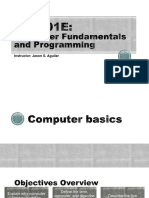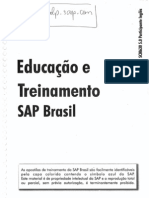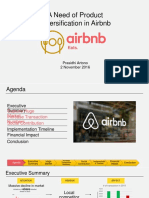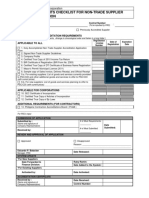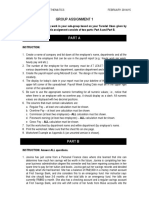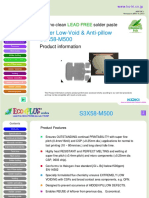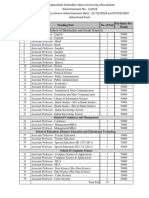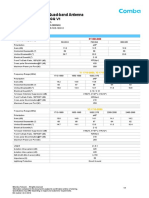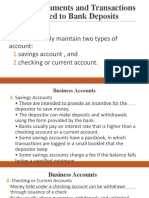0% found this document useful (0 votes)
4 views36 pagesWeek 2 - Lecture 1
This document provides an overview of various information and communication technologies, including types of devices, software applications, and digital security measures. It highlights the importance of safeguarding personal information, health concerns related to technology use, and environmental issues associated with electronic waste. Additionally, it discusses communication networks and their applications across different sectors such as education, finance, and retail.
Uploaded by
shazainmaxCopyright
© © All Rights Reserved
We take content rights seriously. If you suspect this is your content, claim it here.
Available Formats
Download as PDF, TXT or read online on Scribd
0% found this document useful (0 votes)
4 views36 pagesWeek 2 - Lecture 1
This document provides an overview of various information and communication technologies, including types of devices, software applications, and digital security measures. It highlights the importance of safeguarding personal information, health concerns related to technology use, and environmental issues associated with electronic waste. Additionally, it discusses communication networks and their applications across different sectors such as education, finance, and retail.
Uploaded by
shazainmaxCopyright
© © All Rights Reserved
We take content rights seriously. If you suspect this is your content, claim it here.
Available Formats
Download as PDF, TXT or read online on Scribd
/ 36













